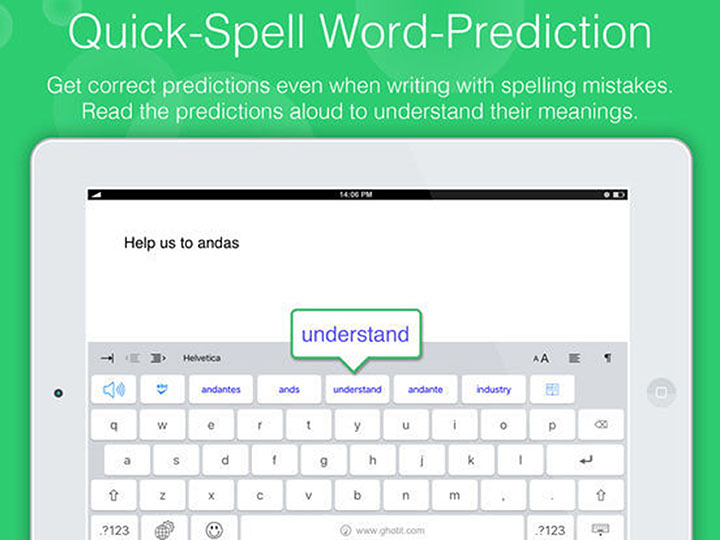Dyslexia on a Neuronal Level
Dyslexia Keyboard/TNS
Dyslexia is a widespread condition. the National Institutes of Health finds that it affects up to one in five students in the United States. While various sources agree that the source of the condition is usually genetic and involves structural anomalies in the brains of those affected, some scientists at MIT believe that they may have found a contributing factor: the way the brain adapts to stimuli.
Before covering this topic, however, it is important to have a slight background in how the brain learns. There are two primary neuronal functions that allow this – long-term potentiation and neural adaptation. There are, of course, brain structures and pathways involved as well, but they are beyond the scope of this article. These are the neuron-level changes that allow those structures to work.
Long-term potentiation describes the process through which the neurons in your brain become more readily stimulated, and retain a greater ability to retain stimuli over time. This is responsible for in effect your ability to recall long-ago memories.
Neural adaptation, on the other hand, is the polar opposite. It is the decline over time of neurons’ excitability – this is what causes tastes and smells to disappear after a few minutes.
The fact that two seemingly polar opposite processes are involved in the overall process of learning may seem confusing, but in reality the two play different roles.
Long-term potentiation is involved in the formation and preservation of memory while neural adaptation is primarily about making sure that you don’t spend the same amount of cognitive energy on a process that you already know how to do. It allows you to deal with the day-to-day events of your life more or less automatically.
You don’t have to think about how to get out of bed; you just don’t want to. This ease of doing due to repeated exposure to a stimulus is called plasticity.
However, MIT researchers have found that this neural adaptation is somewhat hampered in people with dyslexia. Using MRIs, they scanned the brains of people with and without the condition while subjecting them to various types of stimulus.
In one particularly telling set of data, a set of words was read four times by either the same person or by different people each time. When it was different people talking every time, neither of the two test groups showed much adaptation. This is because each time the stimulus was a little different, and thus there was no room to think less about it.
However, when it was the same person reading the set of words, the difference finally showed. While subjects without dyslexia showed adaptation to the stimulus as it was repeated – in other words, they were getting used to it – those with the condition showed much less adaptation.
This means that they were having to think harder about what was being said, not only the first time, but every time after that as well.
The same result was found with several other types of stimuli, some of which had nothing to do with language. The reason that dyslexia appears to affect people mostly in reading, according to John Gabrielli, a professor of brain and cognitive sciences at MIT, is that “there are … few tasks people undertake that require as much plasticity as reading.”
Effectively, when you first learn reading, it is incredibly difficult. For most people, it get easier over time and with practice, due to the brain’s plasticity. However, for those with dyslexia, this plasticity is severely reduced, and thus their ability to read is as well.
Of course, this doesn’t tell us why people with dyslexia display this reduction in plasticity – only that they do. This is, however, an important milestone in understanding dyslexia and helping those with it.



